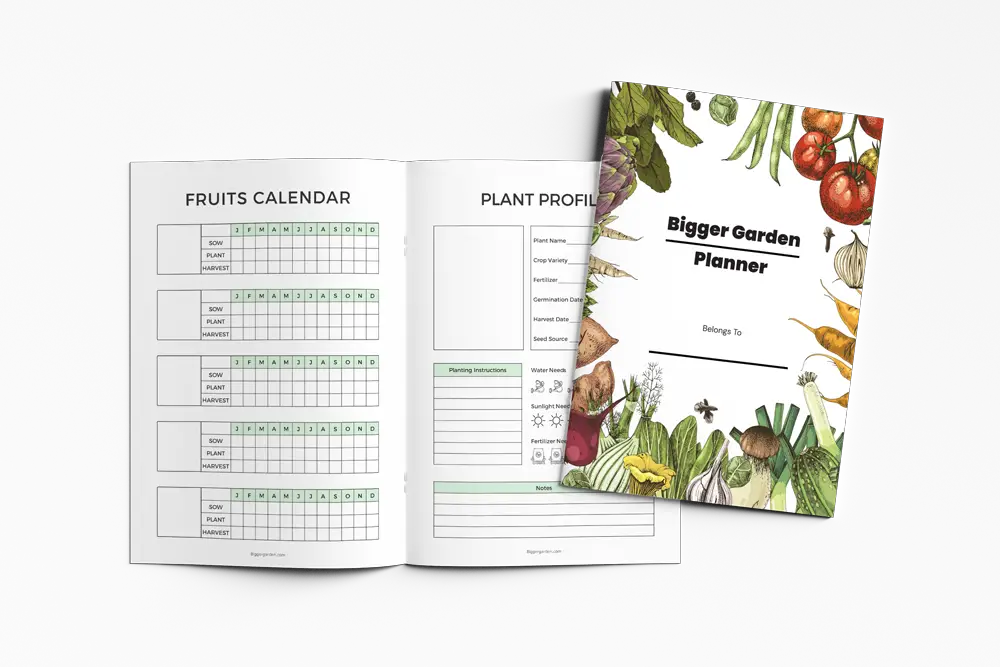How to Grow Hydroponic Plants with Coco Coir? Choosing The Best type

This post follows our research editorial guidelines.

Have you been thinking of growing your own hydroponic plants lately? If you’re like me, then your already hooked on growing plants indoors with a DIY hydroponic set up and just want to know the BEST possible way. Most growers are used to thinking of hydroponics as a soilless way to grow and mostly rely on clay pebbles or rockwool to suspend their plants in grow baskets.
But that isn’t always the case,
Using a grow medium like coco coir may seem daunting, if your up for a challenge then the rewards can be plentiful. Growing hydroponic plants with coco coir can be daunting but trust me, it’s well worth the time and effort to master.
It may take a little trial and error, but if I can grow in coco coir, you can too.
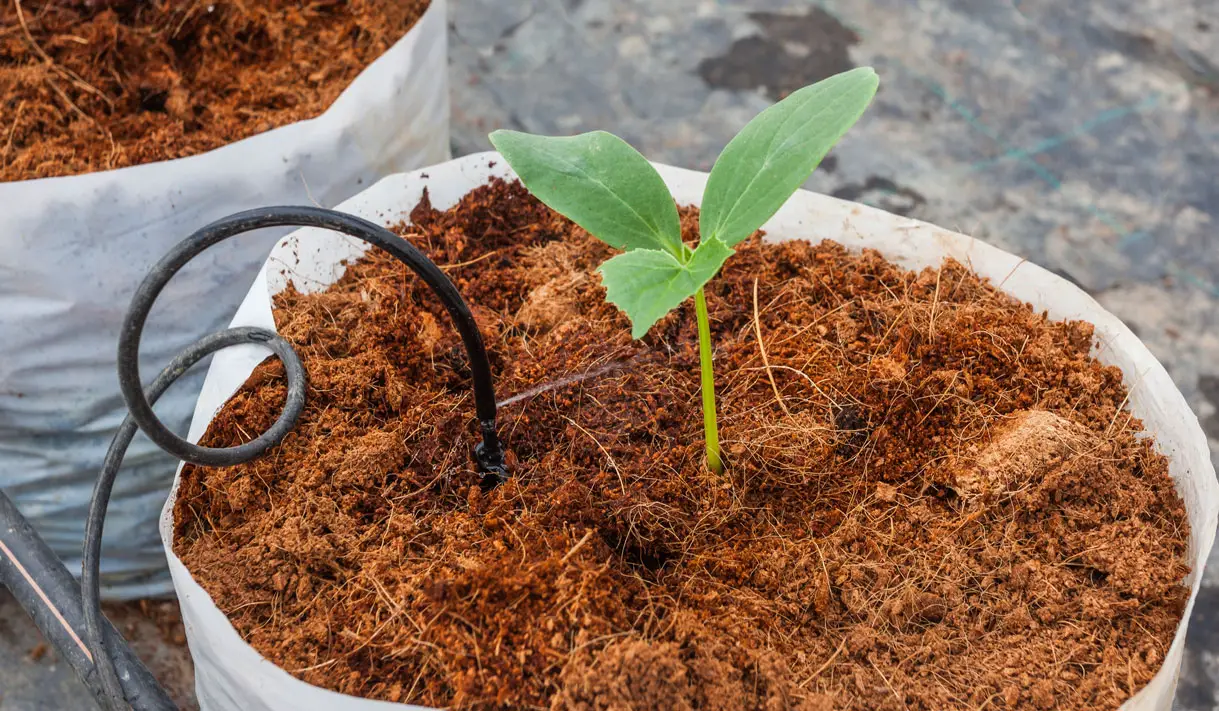
Table of Contents
What is Coco Coir?
Coco Coir is a hydroponic growing medium that is made from the husk of a coconut. This husk is removed before the coconuts are sold in stores. Coco coir is an excellent alternative to using peat moss, which is made up of decomposing materials found inside peat bogs.
Coco Coir Benefits
There are many great benefits to using coco coir on your plants. For one, it has a large capacity for holding water. This means you can water it less and still have it remain healthy.
It also offers better air penetration. This is because coco coir has a high content of lignin – an organic substance found in the secondary wall of plants – that slowly breaks down and allows air to make its way through. This is especially great because it allows for healthier and larger roots.
Coco coir also has an acceptable level of pH to it – a unit of measure that determines how acidic something is. In plants, the pH level ultimately affects the number of nutrients that are available to them. Its pH level is between 5.8 and 6.5, which is an ideal level for most plants.
It is also capable of keeping away any algae, fungus, and gnats that can cause issues with your hydroponic plant.
Another huge benefit of coco coir is that it is good for the environment. Per Linda R. McMahan, a horticulturist with Oregon State University Extension Service, coco coir is not only “…a renewable resource, its horticultural use helps solve a waste disposal problem in these parts of the world.”
Coco Coir Disadvantages
While Coco Coir is a great growing medium to use on your hydroponic plants, there are a couple of disadvantages you need to keep in mind.
The biggest problem is that there is an extremely high salt content. Too much salt can make it difficult for the hydroponic plant to get the nutrients it needs. It’s recommended that, especially with lower grades, you should leach your coco coir before use. This will greatly reduce the salt content.
It should also be noted that it is high in potassium and phosphorus and has a lower capacity for cation exchange. This is why you need to change your fertilizer habits when switching a plant over to coco coir for the first time.
What Types of Plants Do Well in Coco Coir?
The good news is that coco coir works well with several different plants. The types of plants that do the best in coco coir are orchids, ferns, bromeliads, and anthuriums.
It also works well for ornamental plants like bonsai, snake plants, peace lilies, and a variety of types of cacti. It’s also instrumental in growing fruit, such as strawberries, and fresh herbs such as basil.
Just about any plant can benefit from using coco coir due to its ability to retain water and hold nutrients, making it a great way to keep your hydroponic plants healthy.
Types of Coco Coir
There are three types of coco coir, each of which is very distinct from each other. However, they all offer similar benefits. Here are the three different types of coco coir you can use:
Coco Coir Peat
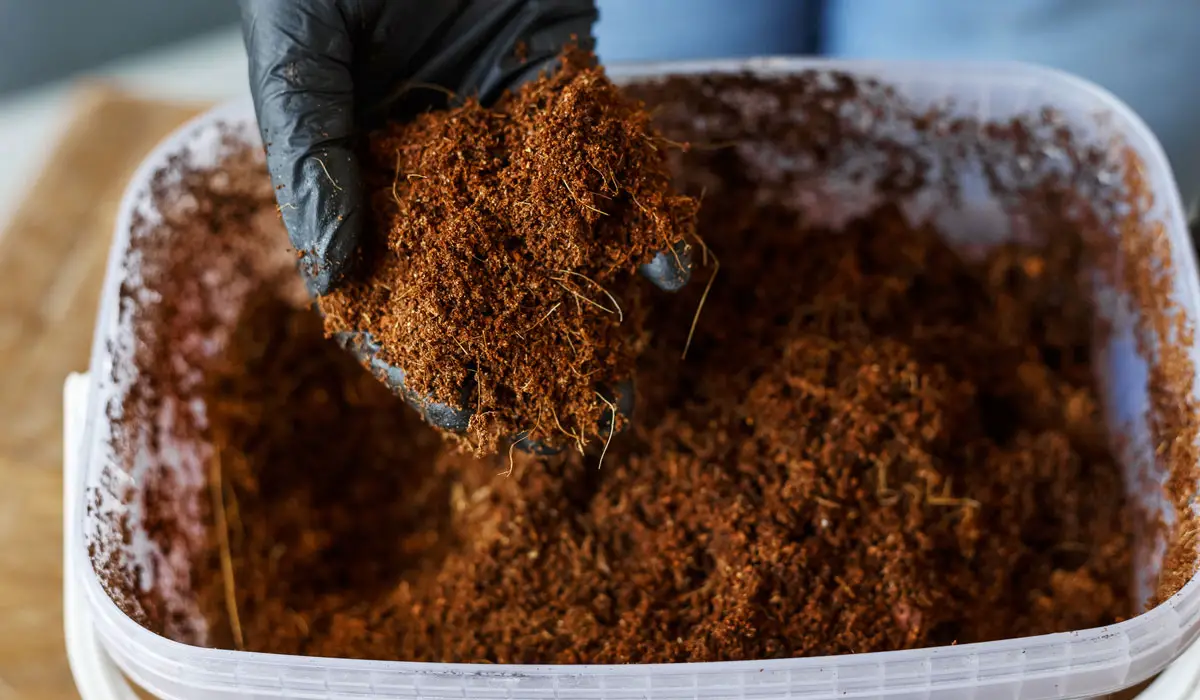
This is probably the most common type of coco coir plant growers use. It’s a finely ground coconut husk that has been compacted to resemble sphagnum peat moss or soil.
Coco coir peat is very dense, which means that not only is less air able to travel through, but it tends to hold more water. Be careful with watering your plants when using this. Since it holds so much water, it can become very easy to overwater your plants and cause root rot to occur.
Coco Coir Chips
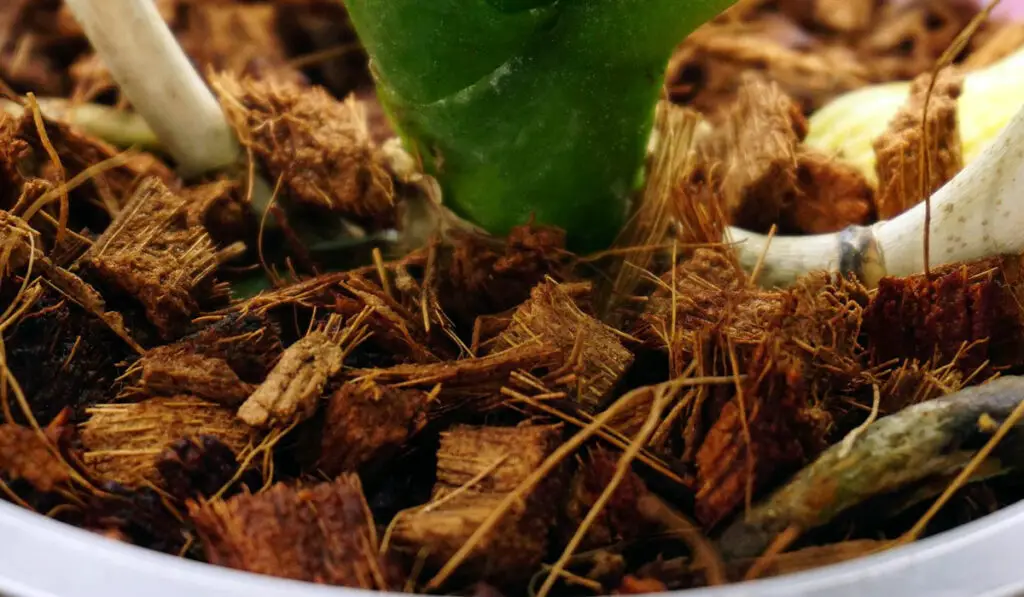
Coco coir chips are pretty much the opposite of peat.
The chips tend to have a large surface area and are not nearly as finely broken up. It still features the same level of absorption as peat, with the added benefit of not being as dense.
This means it’s easier for air to make its way through and let your roots breathe. You should still be careful when watering your plants with these. Like the coco coir peat, these chips can still hold a large amount of water so it can be very easy to overwater your plants and cause them harm.
Coco Coir Fiber

Coco coir fiber is somewhere in the middle of peat and chips. Fiber is very stringy and has plenty of space for air to make its way through. However, there are a couple of downsides to using fiber.
First, it tends to degrade over time pretty easily, which means that it will have a harder time providing nutrients to your plant when compared to the other two. Because of its stringy, not-dense nature, it also doesn’t retain water nearly as much, meaning you’ll have to water your plants more often than using the other options on this list.
While it’s a great way to ensure that your plants don’t get root rot, this does mean you have to provide a bit more upkeep when compared to using the peat or the chips.
How Often Should You Add Nutrients to Coco Coir?
How often you should add nutrients to your coco coir is going to be based on what is recommended for your plant. Coco coir itself is not a nutrient-rich solution, so additional nutrients will need to be added regularly.
What you do need to make sure of is that your plant is getting plenty of calcium, magnesium, phosphorus, potassium, sulfur, and nitrogen. The great part is that coco coir is great at absorbing nutrients such as these.
Like the watering process, you only have to provide a certain amount of nutrients at any given time. Remember, too many nutrients can cause harm to your plant so be careful about how much you’re adding.
Does Coco Coir Prevent Root Rot in Hydroponics?
Yes. Coco coir is great for preventing root rot, not only in your hydroponics but in any other plant you may be using it with.
While it’s great with water retention, allowing you to keep your watering schedule minimal, it’s also great at allowing for proper drainage. This means that it prevents water logging from happening at the roots and keeps your plants from getting root rot.
This also means that you can provide a fairly minimal amount of water to your plants to keep them healthy.
Coco Peat vs Clay Pebbles in Hydroponics
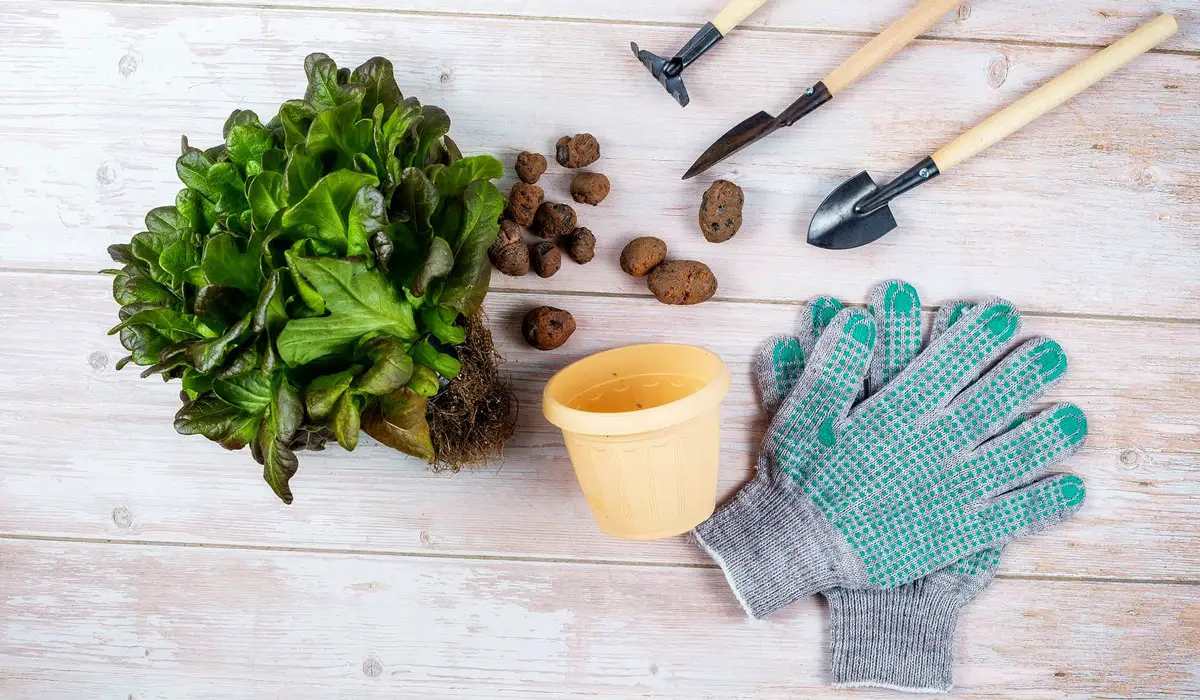
While coco peat and clay pebbles are both pH neutral, there are a couple of differences between each that you should consider.
As previously mentioned, coco peat provides a great amount of water retention and it’s also great for holding on to nutrients that are added. It’s also more affordable compared to clay pebbles.
That being said, once coco peat is compressed you can go through it pretty quickly. If you buy it compressed, you’ll probably need to replace your coco peat within a couple of months of adding it to your plant. You can avoid this by using freshly compressed coco peat instead.
Clay pebbles, on the other hand, excel at providing aeration at the root. Clay pebbles are not nearly as dense, which allows air to circulate more freely to the roots, allowing them to grow bigger and healthier. They’re also reusable and renewable. You can use clay pebbles over and over and still reap all of the great benefits they provide without having to constantly replace them.
The downside to this is that since it doesn’t hold water as well as coco peat, you’ll be watering your hydroponic plants more often. It’s also more costly than coco peat.
Clay pebbles do provide better drainage than coco peat but at the cost of not being able to retain nearly as much water.
Coco Peat vs Rockwool in Hydroponics
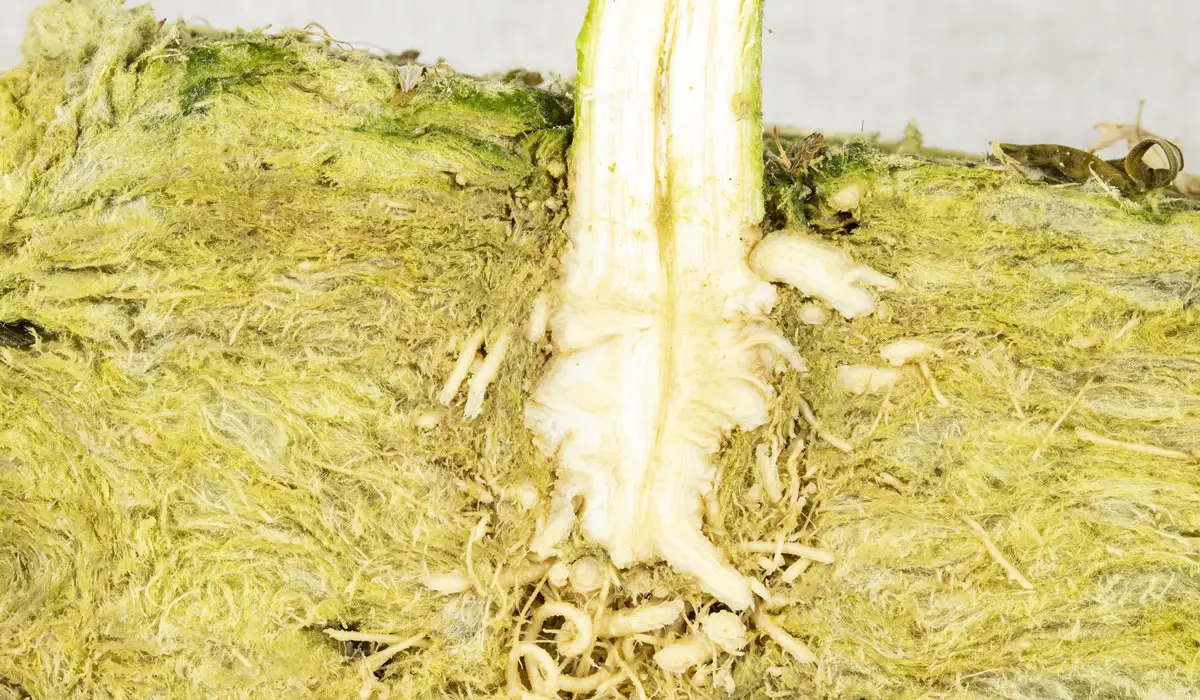
Coco peat is great to use on your hydroponic plants but rockwool is another excellent choice.
Rockwool has a better water capacity than coco peat, meaning that you have to water your plants even less than you would with coco peat. It’s also a bit more neutral when it comes to pH levels. If you’re looking to keep your plant in cooler temperatures, rockwool is also much better at providing necessary insulation.
While those are all great benefits, there are also a number of drawbacks when compared to coco peat. First, it’s more costly to use, coco coir is a great low cost alternative to rockwool. It’s also not a natural material. This means that it’s not as safe for the environment and can even cause harm to your plant over time.
It also doesn’t drain as well as coco peat. While better water retention is great, the difficulty with draining meaning you run the risk of root rot. Coco peat can also hold more nutrients and is easier to work with than rockwool.
Using “Spent” Coco Coir in Your Garden (As Mulch or Compost)
Coco coir is also a great addition to your garden as mulch or compost. It has a lot of the same benefits as it does in other applications, which makes it a great option to allow your garden to grow.
The water retention is great for growing a garden in a more drought-like area. You don’t have to water it nearly as much and since it can retain water, it makes it more difficult to dry out.
It’s also great for helping improve the soil that your garden grows in. Its ability to hold on to nutrients allows the plants in your garden to grow in a very healthy manner.
Coco coir is also great for your compost pile. It provides a balance for more nitrogen-rich substances like kitchen waste and grass clippings. With the right balance of coco coir and everything else, you can create an ideal compost pile.
Final Thoughts
Knowing as much as you can about coco coir can ensure that you can grow hydroponic plants such as basil, ferns, strawberries, and tomatoes (plus countless others) successfully.
With these tips, you’ll have everything you need to move forward and give this unique growth alternative a try.
